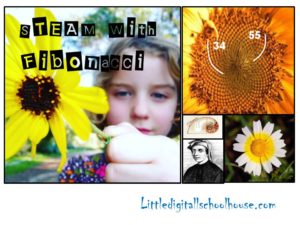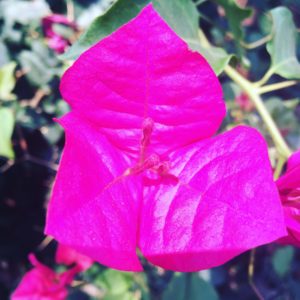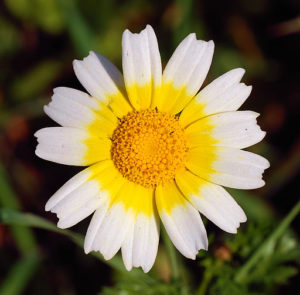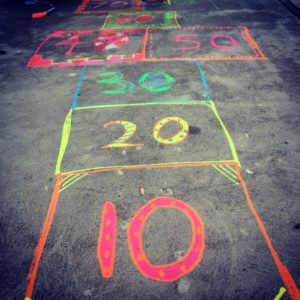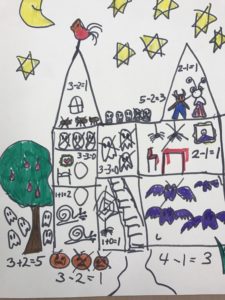
Our haunted math houses are a big hit every year. They give students a creative outlet to explore and deepen their mathematical reasoning. The best part is that there is virtually no prep needed for this awesome project.
Materials:
- Paper
- Black marker
- Crayons
Procedure:
We review math stories and then demonstrate how to draw a house with the rooms exposed. The class helps generates ideas for math stories in the haunted math house. Favorites have been ghosts, spiders, and jack-o-lanterns. Sometimes we even act them out.
The materials are then distributed, and the kids get to work. It is amazing to see what they come up with. Some kids make flaps and trapdoors, to make their stories more interesting, others have pop-out ghosts and ghouls.
Once we have introduced this activity we offer it as a choice during math centers.
You can find more hands-on math activities by clicking right here.

